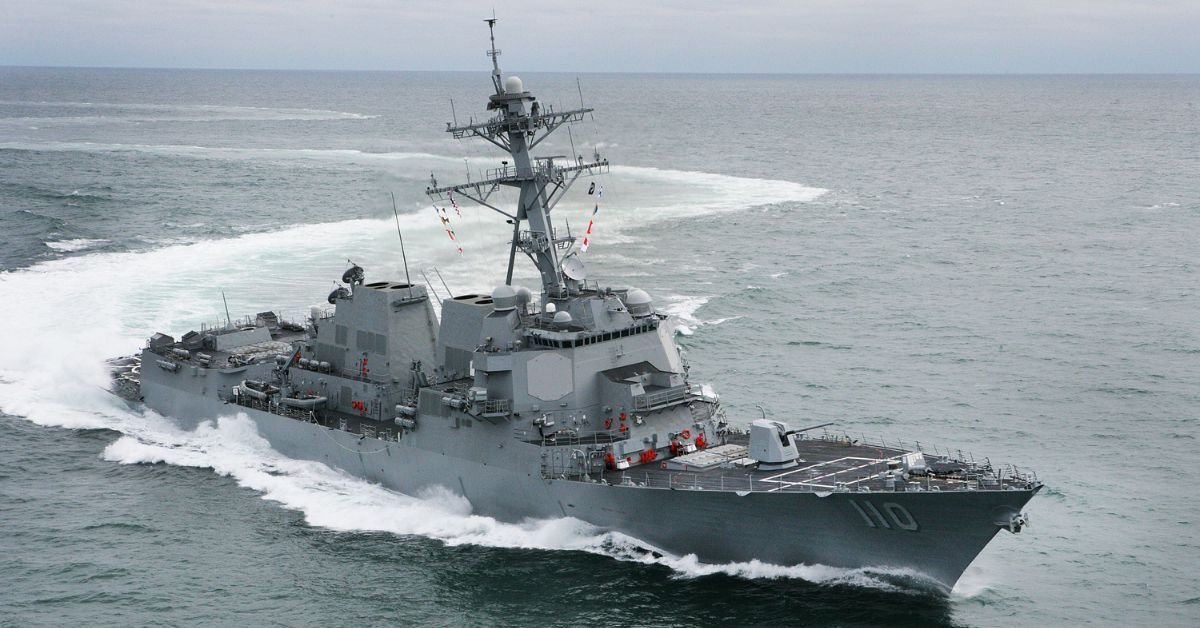The designation of Mexican cartels as Foreign Terrorist Organisations: Strategic pressure or symbolic projection?
2 June 2025
The Trump administration’s designation of Mexican cartels as Foreign Terrorist Organisations has sparked speculation over potential military action, including UAV strikes and naval deployments, though such measures are unlikely to yield tactical benefits. Recent actions appear aimed more at domestic political signalling than at enhancing long-term counter-smuggling cooperation with Mexico.
By Diego Briceño, Latin America and Caribbean Analyst
On 20 February the Trump administration designated at least 6 Mexican criminal organisations as Foreign Terrorist Organisations (FTOs). US officials raised concerns among Mexican and Latin American officials by publicly stating the US could take unilateral military action to combat Mexican cartels across the border. These remarks triggered speculation on the possibility of aerial strikes on cartel infrastructure, most likely through the use of UAVs and from naval assets, mirroring the two-month-long bombing campaign in Yemen.
Fears of military action grew as President Trump confirmed he made an offer to send US troops to Mexico. The offer was made as the US government deployed three naval assets about 32 nautical miles from the port of Ensenada as well as ISR platforms over Ciudad Juarez and along the coast of the Mexican state of Sinaloa. Tensions rose again after the USS GRAVELY set sail to enforce security tasks in the Gulf of Mexico (renamed by the Trump administration to the Gulf of America).
Recent measures have been displayed as tactical successes. The US Coast Guard tripled its personnel along the southern border since 21 January and kept interdicting large quantities of drugs. At the same time, Mexican officials agreed to the deployment of 10,000 national guard officers along the northern border and reported a notable increase in fentanyl seizures. Growing US pressure also led to the unprecedented extradition of dozens of prominent drug traffickers from Mexico to the United States.
However, the most likely scenario does not necessarily entail direct military strikes. Aerial strikes are unlikely to deliver favourable outcomes that could be exploited domestically while leaving important components of drug trafficking networks unaffected. Unlike militia groups in the Middle East or former guerrilla movements in Latin America, Mexican cartels are not monolithic armed structures that concentrate resources at specific locations.
Instead, military strikes could lead to the opposite direction. For instance, the flow of fentanyl precursors into Mexico is anticipated to persist, following the reduction of US government aid for monitoring the illicit movement of controlled substances at Mexican seaports. Similarly, stationing warships off San Diego or across the waters of the Gulf of Mexico falls short to deter criminals that either use containerised cargo or undeclared vessels which drop cocaine shipments between 200-900 nautical miles from the Pacific coastline of Central America and across the arc of the Caribbean.
A viable alternative appears to be limited actions carried out with consent from the Mexican government as a symbolic gesture of strength by the US. However, this too is a challenging scenario as respect for sovereignty is consistently valued in Mexico, regardless of political affiliations.
In conclusion, recent measures appear to be exclusively aimed towards boosting the image of the Trump administration vis-a-vis its domestic audience at the expense of enhancing efficiency in counter-smuggling efforts. Adopting a more hostile posture is most likely to further alienate the Mexican security establishment with the United States, ensuring the opposite of increased interoperability between military and law enforcement forces in both countries, limiting their ability to dismantle criminal networks dedicated to arms, drugs, and human trafficking.
RISK ASSESSMENT REPORTS:
Enhance your decision-making with Risk Intelligence's comprehensive risk assessment reports
Tailored to your needs, our reports offer in-depth analyses of threats for specific operations, regions, or routes. Whether it's the Voyage Risk Assessment for operational readiness or the Security Risk Assessment for strategic planning, our insights equip you with the knowledge to mitigate risks effectively.

